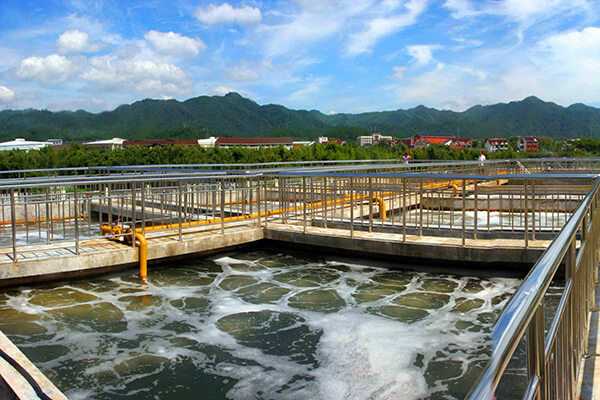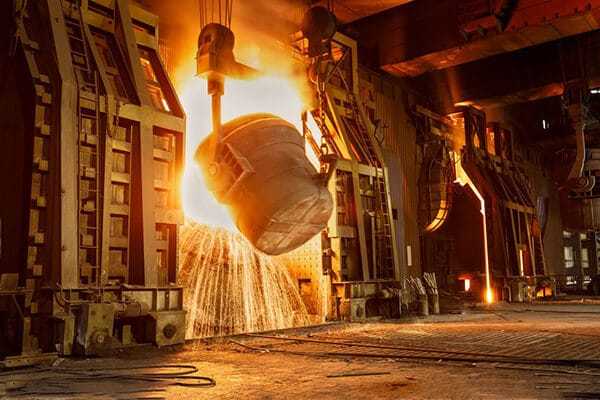Mineral Processing Technology and Environment Protection
Posted on: Aug 13, 2019, · 3 min read.
How mineral processing technology can do better environment protection? wastewater, metal iron, chemistry and so on. With the rapid development of the economy, the damage caused by human beings to nature has become more and more serious, and the situation in which people and nature live in harmony has gradually been broken. The mineral processing industry is very polluting to the environment. The establishment of green mines is the only correct direction for the future development of the mining industry in various countries. To achieve the coordinated development of the mining chain in terms of production and environmental protection, people can effectively protect the environment only by continuously improving mineral processing technology.
1.1 Mineral processing technology in the chemical industry
With the rapid development of social economy and science and technology, various disciplines have gradually presented an integrated development trend. Under such a background, the mineral processing technology has been basically systematized, and related equipment is developing in the direction of complete systemization and standardization. It is also widely used in the processing and separation of ferrous metals, precious metals, and non-ferrous metals, and even in many countries is a pillar industry, playing a very important role in the development of human society.
First of all, the beneficiation technology can be effectively applied in the chemical industry, because the chemical industry produces a large amount of waste residue in the sulfuric acid process. According to the survey, the waste usually contains 40% Fe, as well as precious metals such as Zn, Cu, Ag. People can choose the chemical beneficiation technology and physical beneficiation technology to process the sulfuric acid slag of the chemical plant and select the high-purity iron fine powder that can be directly sent to the smelting plant.
1.2 Mineral processing technology in industrial wastewater purification
Wastewater is divided into urban sewage and industrial sewage. Urban sewage is mainly treated by municipal sewage treatment plants, while industrial sewage requires enterprises to use the corresponding processes and equipment to directly treat them internally. For example, the wastewater from the German plastic packaging paper processing plant contains a large amount of organic and inorganic materials. Pulp fiber is the main pollutant component. The plant has designed a sewage treatment process for wastewater type, aiming to utilize wastewater resources and The pulp raw material is recovered.
When the wastewater is treated by this process, the COD and BOD in the water can be reduced by 50% and the solid content is about 2 000 mg/L only after being sieved through the drum. After testing and analysis, the solid content in the final purified water is about 70. Mg/L, which can be used directly by primary or secondary users.
1.3 Beneficiation technology in the treatment of waste metal ions
Heavy metal ion pollution is an important cause that plagues China's environmental protection work. Currently, all countries in the world face this problem. Heavy metal ions in wastewater mainly come from metallurgy and electroplating industries, which are extremely harmful to the human body, especially heavy metals such as Cd, Zn, Cu, Hg. Although there are many methods for treating heavy metal ions in wastewater, the final Governance has different effects.
Among them, as an emerging separation technology, the precipitation flotation method utilizes a precipitant to firstly produce a uniform and fine precipitate of heavy metal ions in the solution, and then float it out with a collector to achieve removal and recovery of heavy metal ions. the goal of.
At present, the sedimentation flotation method has been applied to the treatment of organic wastewater, radioactive wastewater and heavy metal ion wastewater. In comparison, the technology has higher adaptability, less energy consumption and lower cost, and it can realize various metals. Separation of ions, but is still in the experimental research stage. With the in-depth development of related research work, the precipitation flotation method will inevitably be widely used in the treatment of wastewater heavy metal ions.
1.4 Mineral processing technology in steel industry wastewater treatment
Gravity separation, magnetic separation and flotation are the three major beneficiation technologies in the current beneficiation industry, and high-gradient magnetic separation is a hotspot in the field of magnetic separation. Magnetic separation was first used in the separation of paramagnetic substances in the field of mineral processing and iron removal in the kaolin processing industry. With the rise of environmental protection in the world, magnetic processing technology has been applied to the treatment of steel industry wastewater, and has achieved good application results. At present, it has been developed to separate various ferromagnetic substances, and at the same time can be used to separate various weak magnetic substances in industrial sewage, and even people can use magnetic inoculation technology to separate non-magnetic substances. Relatively speaking, this material separation technology has the advantages of quicker effect, less investment, no secondary pollution. Today, this technology has been widely used in the treatment of steel industry wastewater, because the steel industry wastewater contains a large number of magnetic particles that can be separated, and people usually use this technology directly for removal, and the pollutant removal rate can be as high as 90%.
JXSC provides an effective and safe mining machine, a better environment, better development.
Read More Blogs


